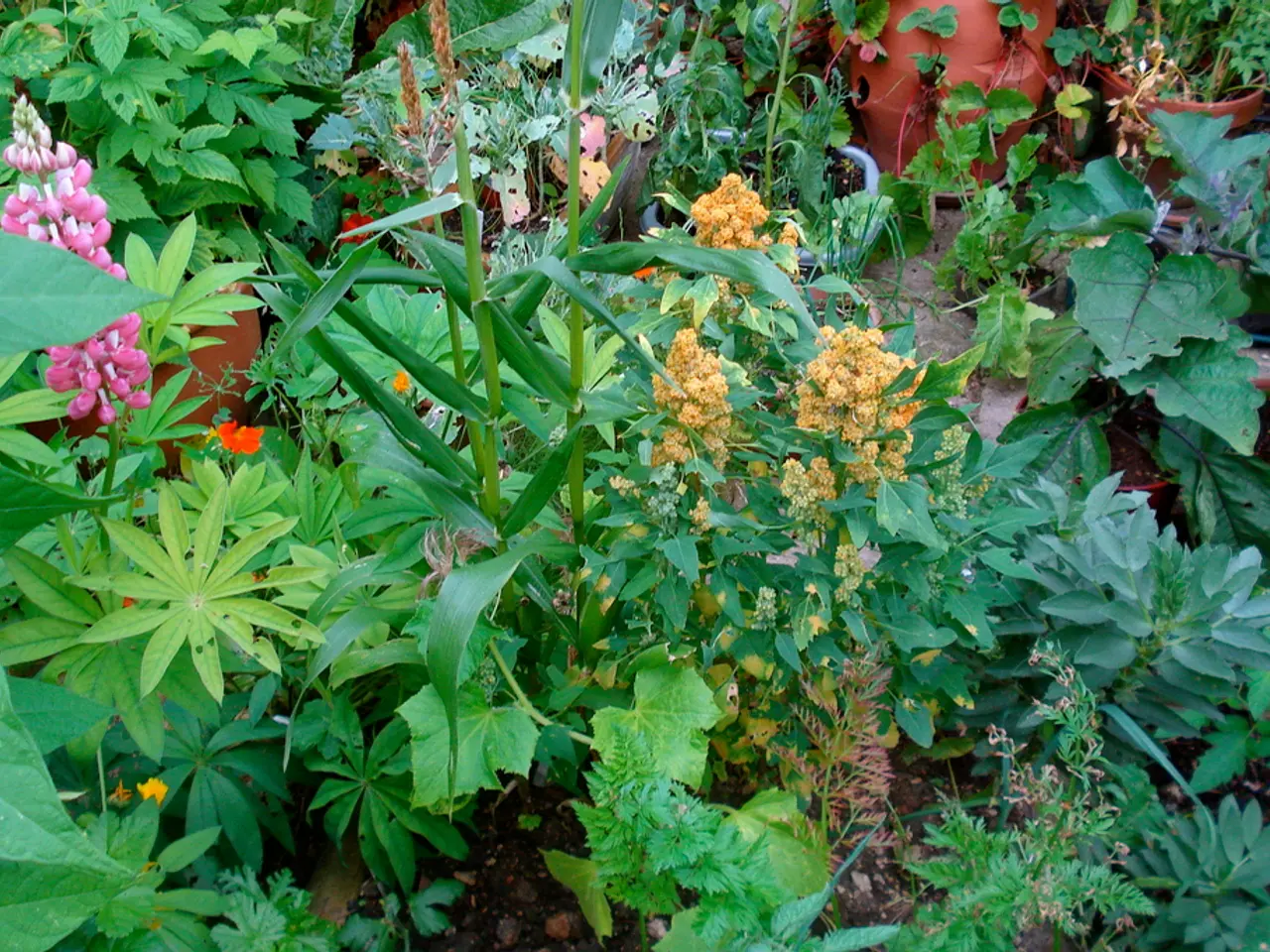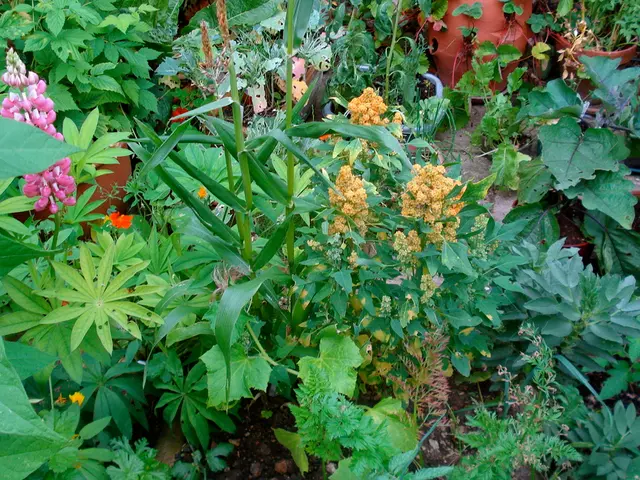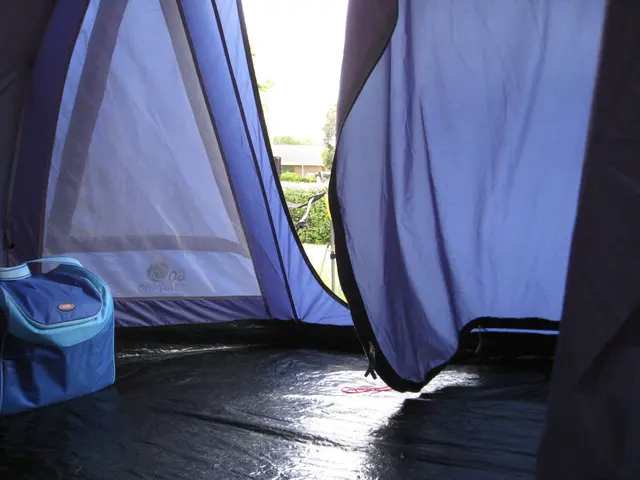Urban Bloom: Harnessing the Potential of City Flower Meadows
In an effort to combat urban pollution and enhance biodiversity, urban meadows are emerging as a promising alternative to traditional lawns. These vibrant, wildflower-filled spaces offer a multitude of environmental, climatic, and therapeutic benefits.
First and foremost, urban meadows contribute significantly to carbon sequestration. They store up to three tons of carbon per hectare per year, more than double what many cultivated woodlands store[1]. This carbon storage helps reduce greenhouse gas emissions, as urban meadows require far fewer mowings (2-4 cuts per year) than traditional lawns, cutting mowing-related emissions by about 75%[1].
The deep-rooted plant systems of urban meadows also enhance soil health by aerating compacted soils and preventing erosion, which is especially beneficial in poor quality or compacted urban soils[1]. Urban meadows excel in water management and filtration because their deep roots create soil voids that enhance stormwater infiltration, reducing surface runoff and flood risk while filtering pollutants before they reach waterways[1].
In terms of biodiversity, urban meadows support a richer variety of plants and animals. Unlike monoculture lawns, wildflower meadows and native plants create vibrant, sustainable habitats that attract and support pollinators (such as bees and butterflies), birds, and other local wildlife, thus enhancing urban ecological networks[2]. The diversity and structure of these meadows create microhabitats that traditional lawns cannot, leading to greater ecological resilience and wildlife presence within cities[2].
Urban meadows are not just aesthetically pleasing but also serve environmental, climatic, and therapeutic purposes. Contact with nature and the colorful flowers in urban meadows improve mood and reduce stress[3]. These meadows can cool the surroundings by up to 5°C compared to lawn or concrete[4].
Moreover, urban meadows have a positive impact on water retention, as their deep roots help infiltrate water and reduce runoff[1]. They also require minimal maintenance, with mowing only necessary once or twice a year[1].
Urban meadows contribute to healing the environment by reducing fuel use, air pollution, noise, and saving water compared to traditional lawns[5]. Meadow roots strengthen the soil and prevent erosion, which is especially important in densely built-up cities[1]. Additionally, meadow plants capture pollutants and store carbon dioxide in their root systems, acting like mini forests[6].
In conclusion, urban meadows outperform traditional lawns by providing stronger environmental services—carbon storage, improved air and water quality, soil health—and by supporting higher biodiversity through habitat complexity and native plant presence. These benefits make urban meadows a valuable green infrastructure choice for sustainable cities[1][2][4]. Urban meadows create urban oases of life, providing a haven for a variety of insects, birds, small mammals, and amphibians, and contributing to the overall health and well-being of our urban environments.
[1] Bradley, C. A. (2014). Urban meadows: Ecological, social, and economic benefits of green infrastructure in the city. Landscape and Urban Planning, 126, 193-203.
[2] Bradley, C. A., & Choi, J. (2013). Urban meadows: A new approach to urban ecology and design. Urban Ecosystems, 16(3), 337-350.
[3] Ulrich, R. S. (1984). View through a window may influence recovery from stressful surgery. Science, 224(4647), 420-421.
[4] Nowak, D. J., & Bradley, C. A. (2010). Urban meadows: Green infrastructure for a sustainable city. Landscape and Urban Planning, 98(4), 243-251.
[5] Bradley, C. A., & Choi, J. (2013). Urban meadows: A new approach to urban ecology and design. Urban Ecosystems, 16(3), 337-350.
[6] Bradley, C. A., & Choi, J. (2013). Urban meadows: A new approach to urban ecology and design. Urban Ecosystems, 16(3), 337-350.
Science has identified urban meadows as a promising alternative to traditional lawns in environmental-science, offering significant carbon sequestration, improved soil health, and enhanced biodiversity. These home-and-garden spaces, filled with native wildflowers, serve as microhabitats for various urban wildlife species, such as bees, butterflies, birds, and small mammals. Lifestyle benefits also include reduced stress and improved mood due to the vibrant floral displays of these spaces.






